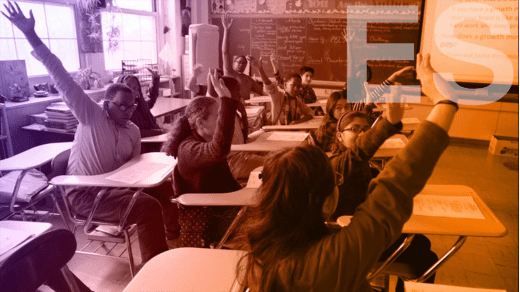
Overcoming common challenges in higher education is essential to ensure that students have access to quality learning experiences and can successfully achieve their academic goals. Here are 30 key points, including the pros and cons, related to overcoming common challenges in higher education:
Overcoming Common Challenges in Higher Education:
Pros:
- Improved Student Success: Addressing challenges leads to increased student success and graduation rates.
- Inclusive Education: Efforts to overcome challenges can make education more inclusive.
- Diversity and Inclusion: Promoting diversity and inclusion in higher education.
- Enhanced Learning Experience: Improved resources and support can enhance the learning experience.
- Innovative Teaching: Challenges drive the adoption of innovative teaching methods.
- Adaptation to Technology: Challenges encourage the integration of technology in education.
- Financial Aid: Addressing financial challenges can make higher education more affordable.
- Career Readiness: Preparing students for the workforce through curriculum enhancements.
- Global Competence: Preparing students for global challenges and opportunities.
- Lifelong Learning: Fostering a culture of lifelong learning among students.
- Student Engagement: Strategies to overcome challenges can enhance student engagement.
- Academic Support: Providing academic support to students facing challenges.
- Mental Health Resources: Addressing mental health challenges with support services.
- Institutional Collaboration: Collaboration among institutions to share solutions.
- Data-Driven Decision-Making: Data analysis for identifying and addressing challenges.
- Institutional Flexibility: Flexibility in programs and services to meet diverse needs.
- Crisis Preparedness: Preparing institutions to handle crises and disruptions.
- Quality Assurance: Ensuring high-quality education despite challenges.
- Equity in Access: Efforts to address access disparities.
- Accessible Education: Ensuring education is accessible to all, regardless of challenges.
- Resource Allocation: Efficient allocation of resources to tackle challenges.
- Student-Centered Approach: A focus on student needs and experiences.
- Innovative Funding Models: Exploring new funding models for higher education.
- Continuous Improvement: A commitment to continuous institutional improvement.
- Teacher Training: Equipping educators to address challenges in teaching.
- Technological Advancements: Utilizing technology to overcome challenges.
- Holistic Support: Providing holistic support services for students.
- Workforce Preparation: Preparing students for job market challenges.
- Global Networking: Building global networks for sharing best practices.
- Crisis Resilience: Institutions can develop resilience in the face of challenges.
Cons:
- Financial Constraints: Limited budgets can hinder efforts to overcome challenges.
- Resource Limitations: Scarce resources may limit the scope of solutions.
- Time-Intensive: Addressing challenges can be time-intensive for institutions.
- Staffing Shortages: Shortages in staffing can impede progress.
- Policy Barriers: Existing policies may pose barriers to solutions.
- Bureaucracy: Institutional bureaucracy can slow down progress.
- Resistance to Change: Resistance to change within institutions.
- Lack of Collaboration: Insufficient collaboration among institutions.
- Data Privacy Concerns: Balancing data use with student privacy.
- Student Opposition: Some students may resist changes.
- Technology Gaps: Technology challenges can hinder solutions.
- Equity Challenges: Addressing equity issues can be complex.
- Mental Health Stigma: Stigma around mental health challenges.
- Accessibility Barriers: Overcoming accessibility issues can be costly.
- Quality Assurance Complexity: Ensuring quality can be complex.
- Adaptation Time: It may take time to adapt to changes in higher education.
- Educator Training: Staff may need training to address challenges effectively.
- Vocational Training: Balancing vocational and academic challenges.
- Global Competition: International competition can be challenging.
- Political Influence: Political factors can influence solutions.
- Rising Costs: Costs may rise to overcome challenges.
- Student Accountability: Holding students accountable for their roles in addressing challenges.
- Ethical Considerations: Addressing challenges while maintaining ethical standards.
- Curriculum Changes: Adapting curricula to address challenges.
- Pedagogical Shifts: Changing teaching methods and approaches.
- Public Perception: Public perception can impact institutional responses.
- Resource Allocation Disputes: Disagreements about resource allocation.
- Technological Dependence: Overreliance on technology solutions.
- Competing Priorities: Multiple priorities may compete for attention.
- Institutional Diversity: Different institutions may face distinct challenges.
In conclusion, overcoming common challenges in higher education is essential to ensure the best possible learning experience for students. However, institutions may encounter obstacles such as limited resources, bureaucracy, and resistance to change while addressing these challenges. A coordinated, student-centered approach is key to success.





